But the bats have been dying from White Nose Syndrome, so the numbers are down. I am not going into that here, as it is a topic worth much effort but not the point of this post.
So here are a few pictures from our work at the mine, without comment on the larger issue.of how WNS is affecting the bats, as that is something outside of our work.
And after we caught the bats and identified them and got the particulars, we released them. But we released them with a pile of acoustic monitors handy. Getting a library of bat calls, with known species, is pretty important these days. And to make sure the Indiana bat calls were correct, a light stick was glued to the bats.
So a monitoring site was surveyed, and a lot of data recorded. All in one fine weekend of work.
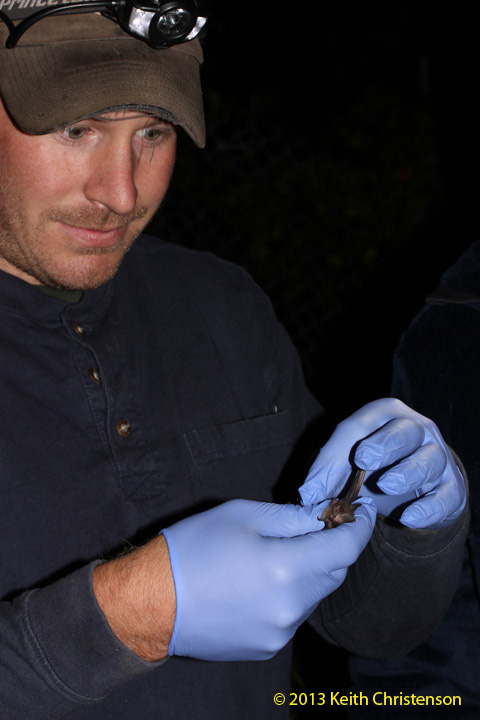
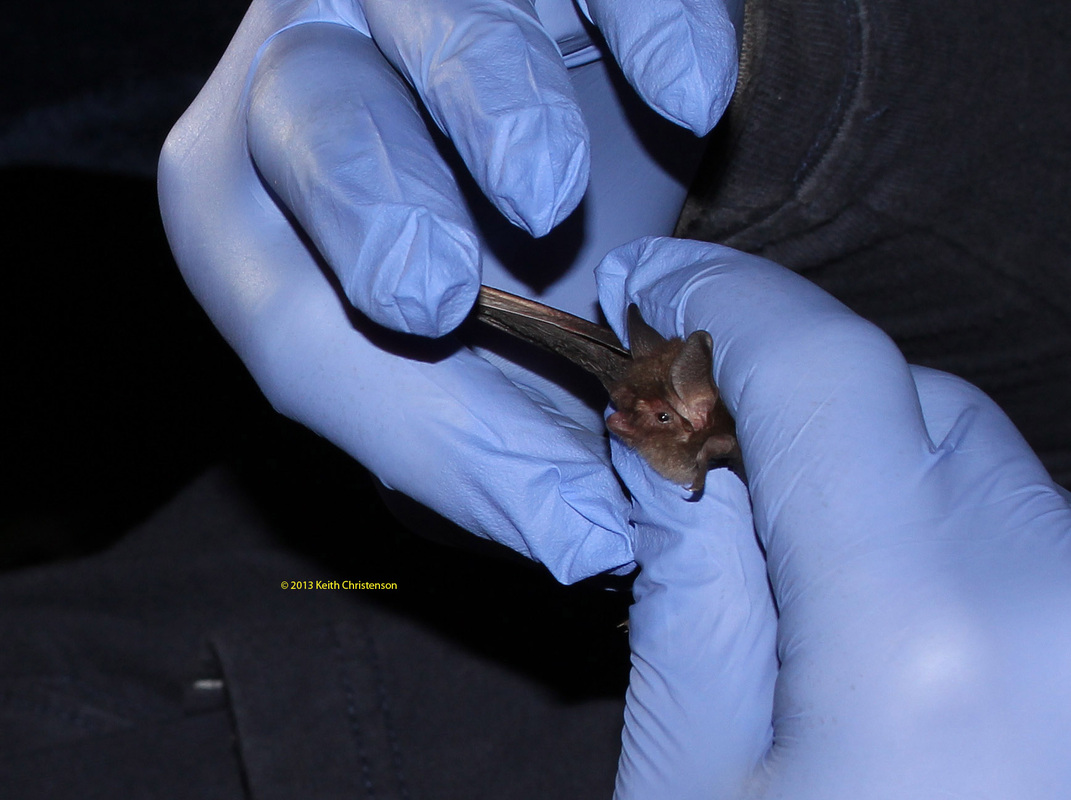
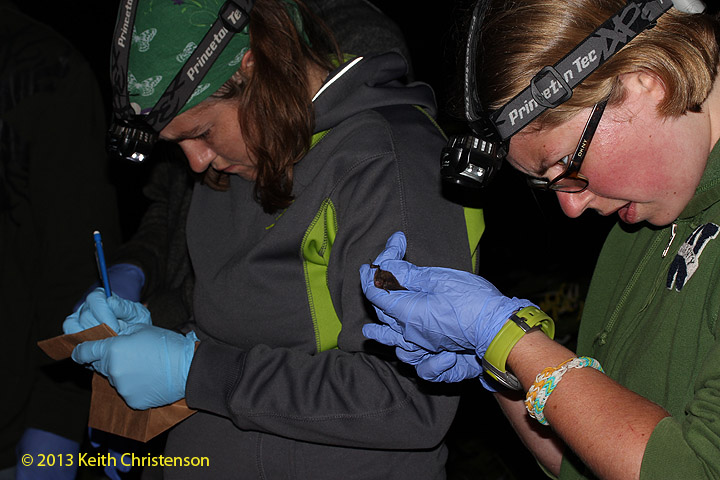
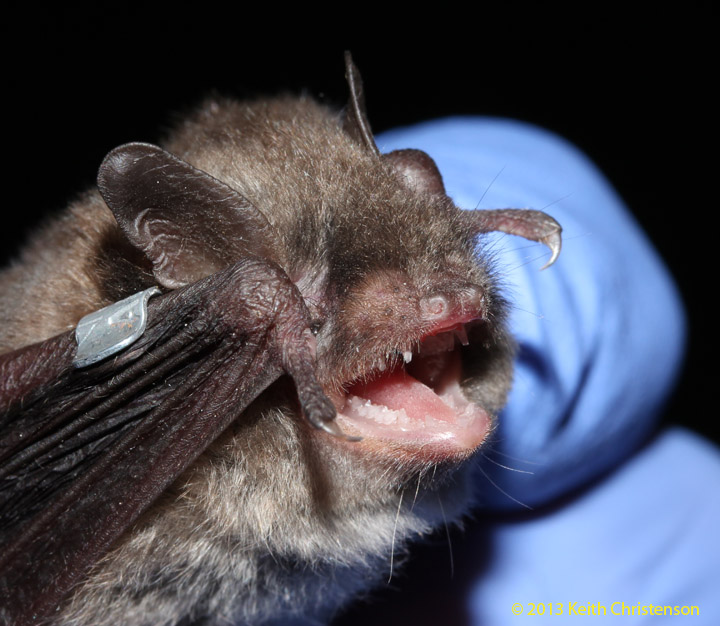
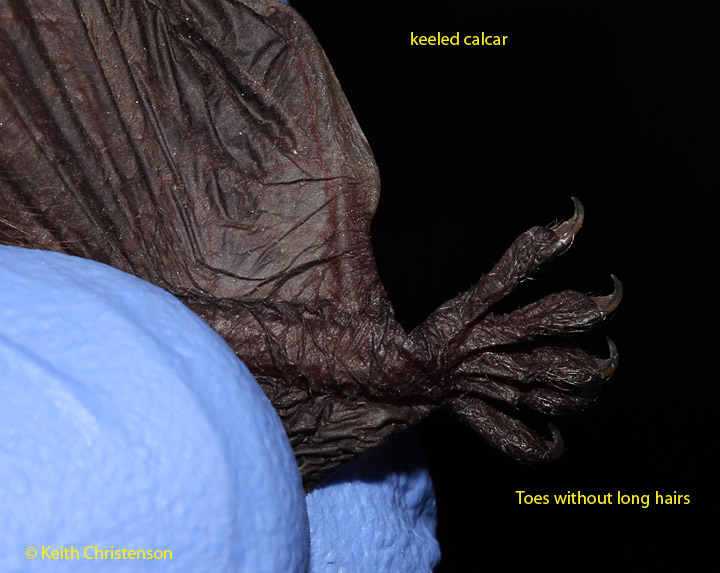
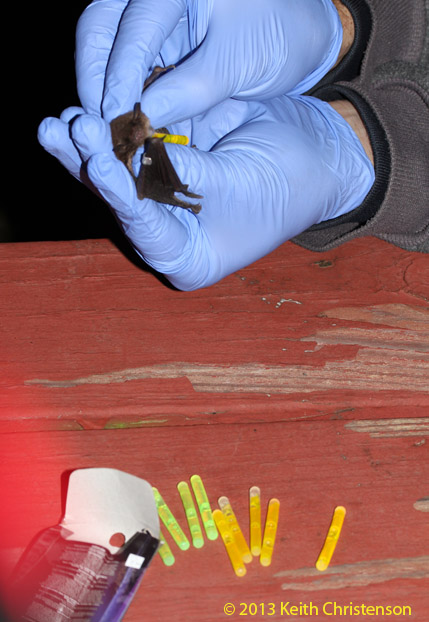
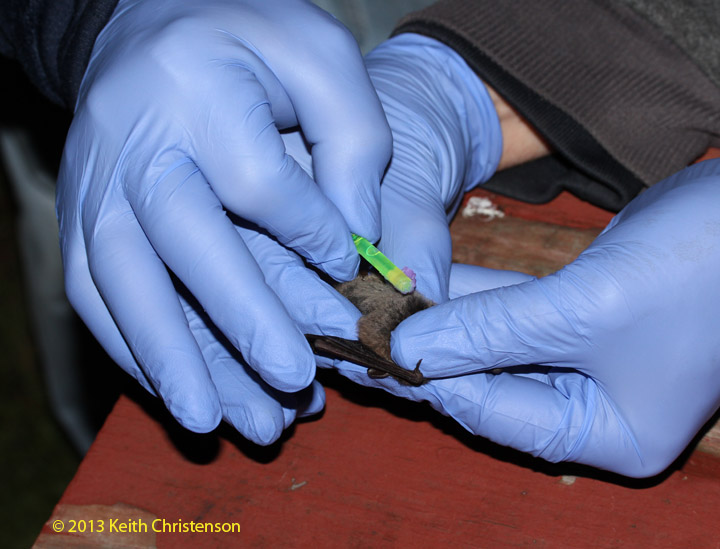
 RSS Feed
RSS Feed